This is the FINAL post for The 52 New Foods Challenge! WOW! It has taken me MUCH longer that 52 weeks to blog about this, but hey, I stuck with it!!
Pomegranates are a fruit that I didn’t really eat until I was an adult. I loved buying the ready-to-go pomegranate seeds at Trader Joe’s! So easy! They are quite a fun snack, although they are a bit of work when you buy the whole fruit. I also enjoy adding pomegranates to salads. The seasonal Thanksgiving salad that I mentioned here, also had pomegranate seeds. Danielle Walker of Against All Grain adds them to a Brussels sprouts dish, which adds a delightful twist.
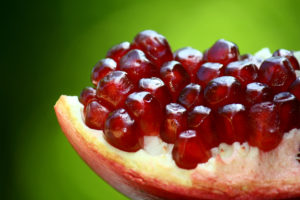 Jennifer Tyler Lee suggests making a sauce using pomegranates instead of cranberries or add them to a wild rice and pistachio dish. Both sound delicious!
Jennifer Tyler Lee suggests making a sauce using pomegranates instead of cranberries or add them to a wild rice and pistachio dish. Both sound delicious!
Food Facts:
- Pomegranates are thought to be the forbidden fruit in the Garden of Eden, rather than apples.
- They originate from Iran.
- The red seeds are called arils.
- Pomegranates are a good source of vitamins K, E, and B6, and folate, potassium, manganese, and pantothenic acid.
- Rich source of antioxidants, especially tannins and flavonoids.
- Studies show that pomegranate juice can inhibit the growth of breast, prostate, colon, and lung cancers.
- Pomegranates have been shown to be heart protective, as it can improve blood pressure and improve blood flow.
From:
The 52 New Foods Challenge by Jennifer Tyler Lee and Superfoods
by Tonia Reinhard.
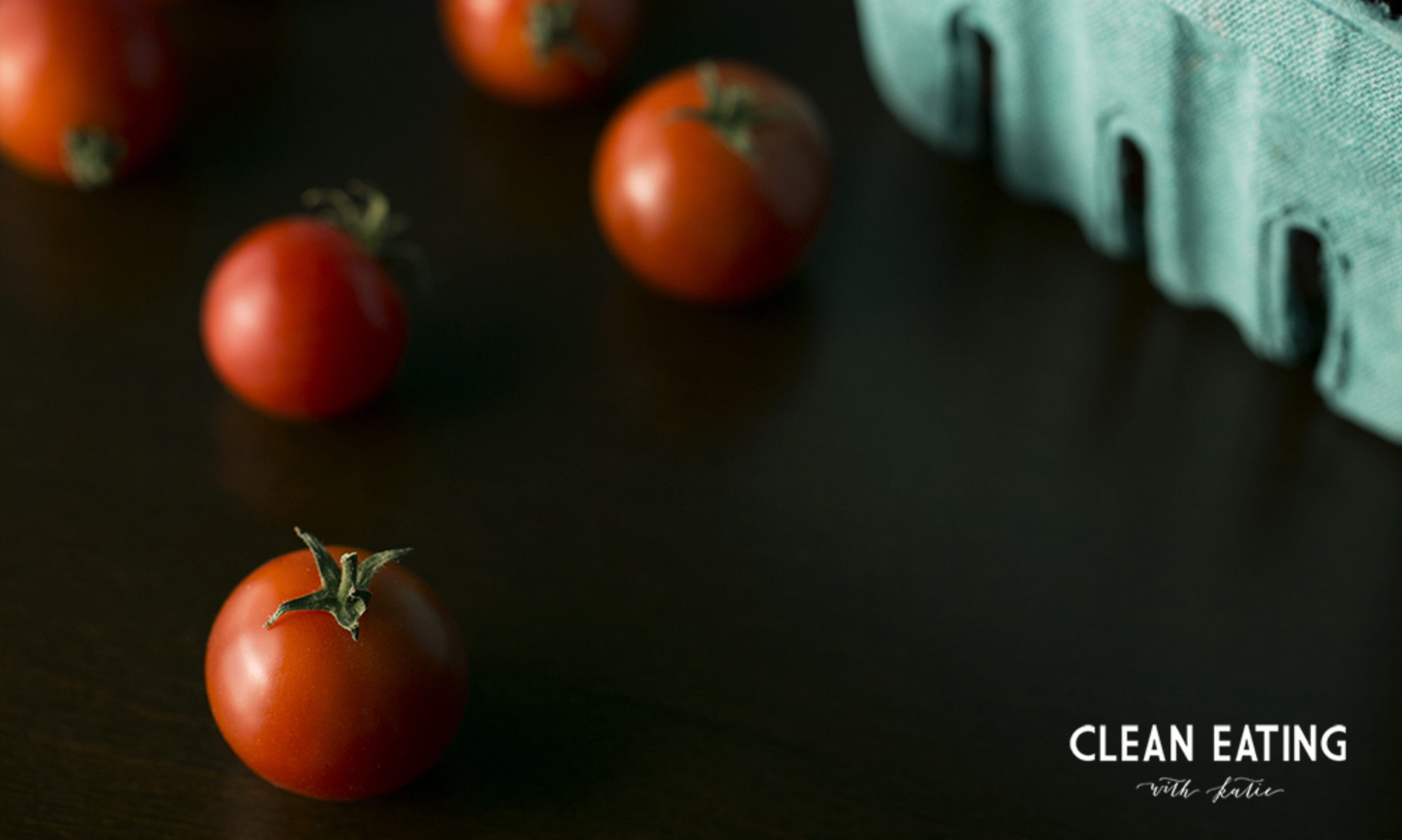

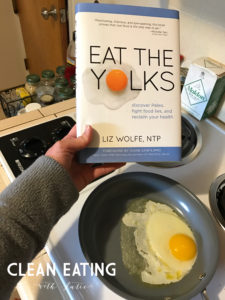 wrote the forward to the book
wrote the forward to the book 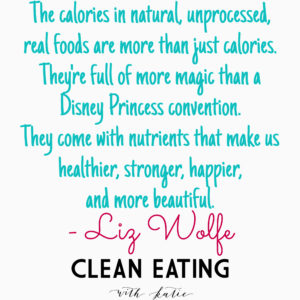 Then, Wolfe details important nutrients that we can only get from animals. If you’re a vegan, she gets it. I get it. But the science of why we need animals in our diets for optimal nutrition is clear. She goes on to illustrate many of the lies of the nutrition industrial complex. Wolfe teaches that Vitamin A can only be obtained from animals. I know, you’re thinking, wait what?? Hello, um, carrots?? The thing is that plants contain beta-carotene, which is a precursor to vitamin A. As Wolfe explains, “…it can, in some circumstances, through a series of chemical conversions within the human body, be converted into true vitamin A (Wolfe, 2013, p.202)”. There are many more mind-blowing gems like this one throughout this book.
Then, Wolfe details important nutrients that we can only get from animals. If you’re a vegan, she gets it. I get it. But the science of why we need animals in our diets for optimal nutrition is clear. She goes on to illustrate many of the lies of the nutrition industrial complex. Wolfe teaches that Vitamin A can only be obtained from animals. I know, you’re thinking, wait what?? Hello, um, carrots?? The thing is that plants contain beta-carotene, which is a precursor to vitamin A. As Wolfe explains, “…it can, in some circumstances, through a series of chemical conversions within the human body, be converted into true vitamin A (Wolfe, 2013, p.202)”. There are many more mind-blowing gems like this one throughout this book.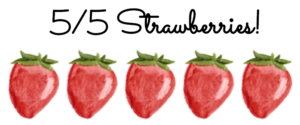 T GOOD. Oh and it’s on Audible. 😉
T GOOD. Oh and it’s on Audible. 😉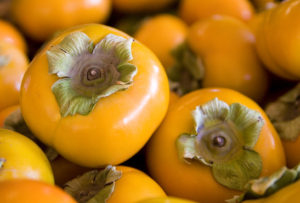 Persimmons are a relative of the apple and the pear.
Persimmons are a relative of the apple and the pear.